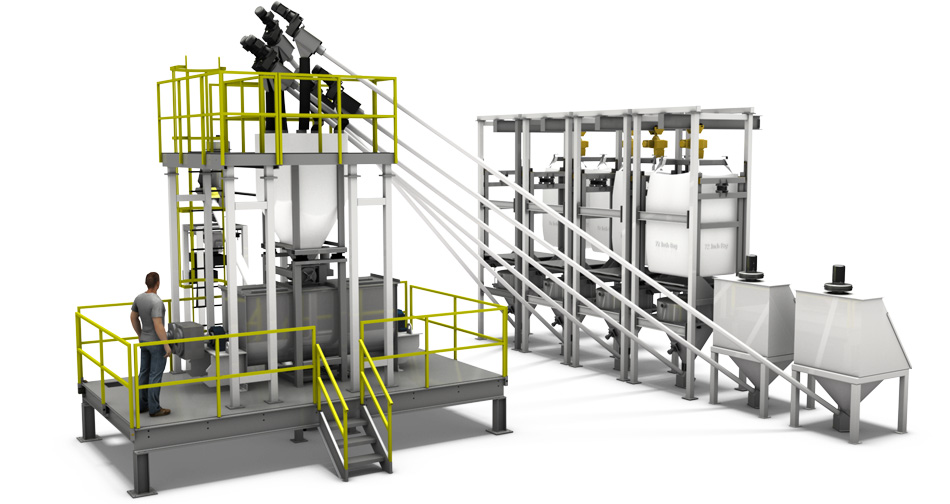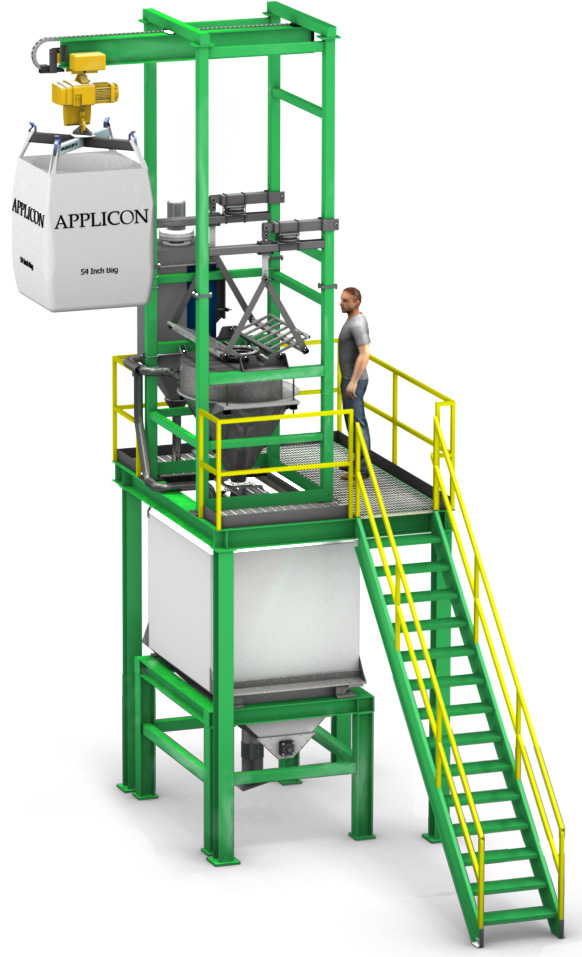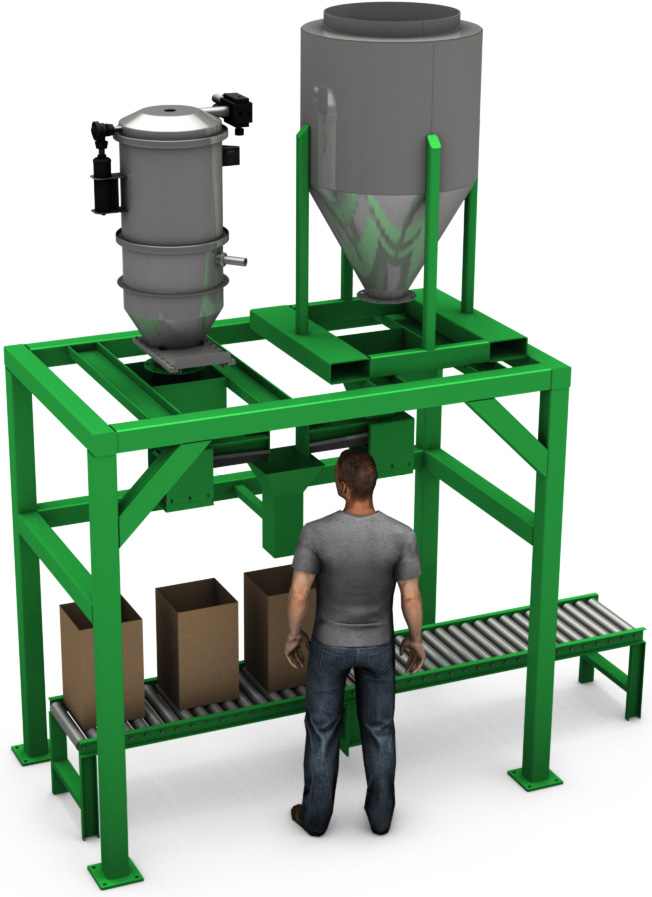



Accuracy
Whether you call it a formula or a recipe, a batch plant or a kitchen, the goals are the same for all batching and blending systems. That is, the end product must be what was formulated, and it must not vary.
The performance of every formulation system, whether batch or continuous, whether loss-in-weight or add weight, is governed by the accuracy of its scales, and the ability to guarantee deliver of all that was weighed.
Minor and micro ingredients normally should have their own scales, to provide a better accuracy. Of course, precision of dispensing or weighing doesn't matter, if that segment of the batch doesn't join the rest of the batch with the same accuracy as it was dispensed. If the 20 grams of "magic dust" doesn't all end up in recipe, that batch will be short on magic.
Accuracy is more than just weighing; it must extend throughout the system.
Applicon builds systems and sub-systems for minor and micro ingredients, with the ability to dispense as accurately as 1 or 2 grams, and deliver in full.
Dust Control
Dust containment is important for personnel and plant safety, and also for production costs. Product lost to a central dust collector (or to a broom), doesn't help make a finished product. Dust control can also affect quality either by disturbing a scale, or by loss of product after it has been weighed (accuracy, again).
We can carefully integrate dust control to mitigate both of those circumstances.
Sanitation
The first step of external sanitation is to limit spills and contain the dust from ingredient intake and the movement of ingredients. The first step of internal sanitation is to insure that ingredients or product move reliably through the system. Our range of hopper designs, materials of construction, and extraction devices help insure first in _ first out material flow. That prevents process disruptions, and insures that sanitation is just for residual dust instead of a heel of static material.
The process of sanitation must be made safe through ease of access. Carefully located ports, sufficiently large, with minimum ledges, and without sharp edges, must be part of a system design. When those ports aren't safely accessible from the floor or deck, we offer structures and platforms to allow safe access for sanitation and maintenance.
Segregation
Some raw materials, and many finished products can suffer from stratification and segregation during extraction from storage, and in blending or handling. A compact system design can help maintain chutes at a steep angle or eliminate the need for an extra transfer; careful attention to hoppers and methods of extraction can minimize segregation of both raw materials and blended product.